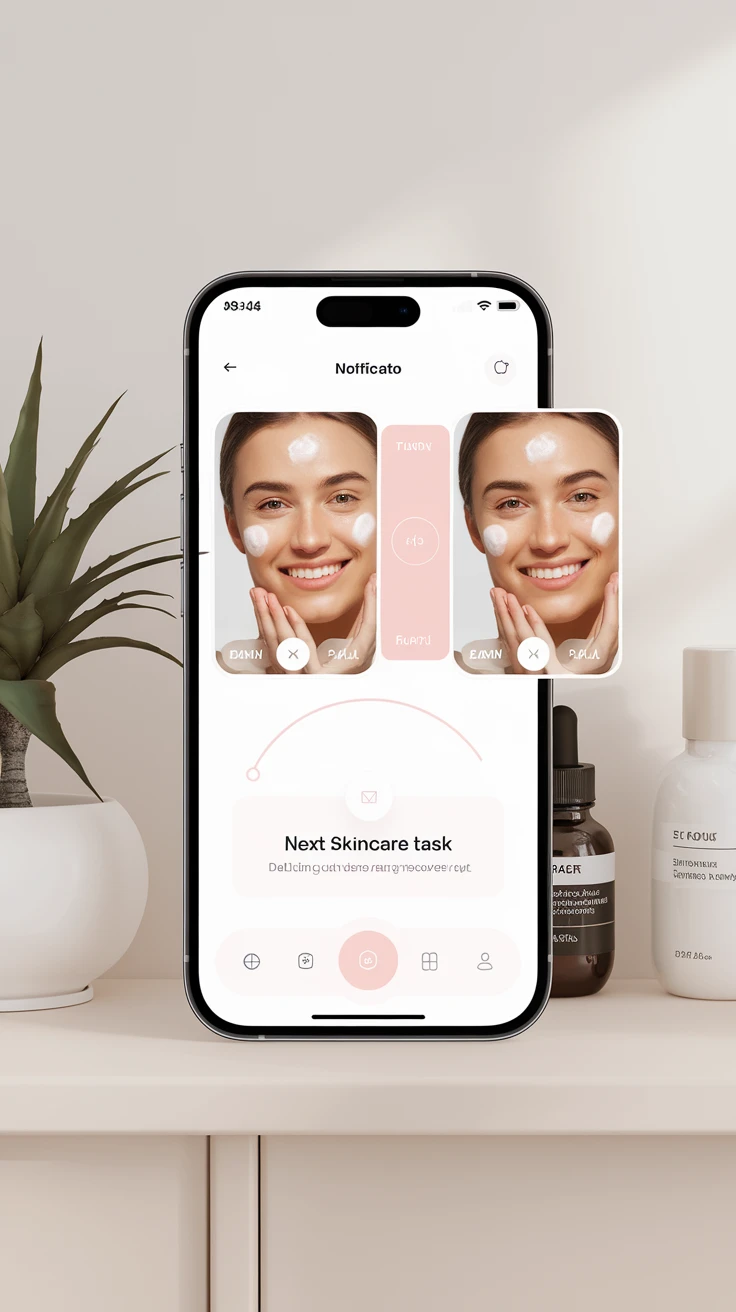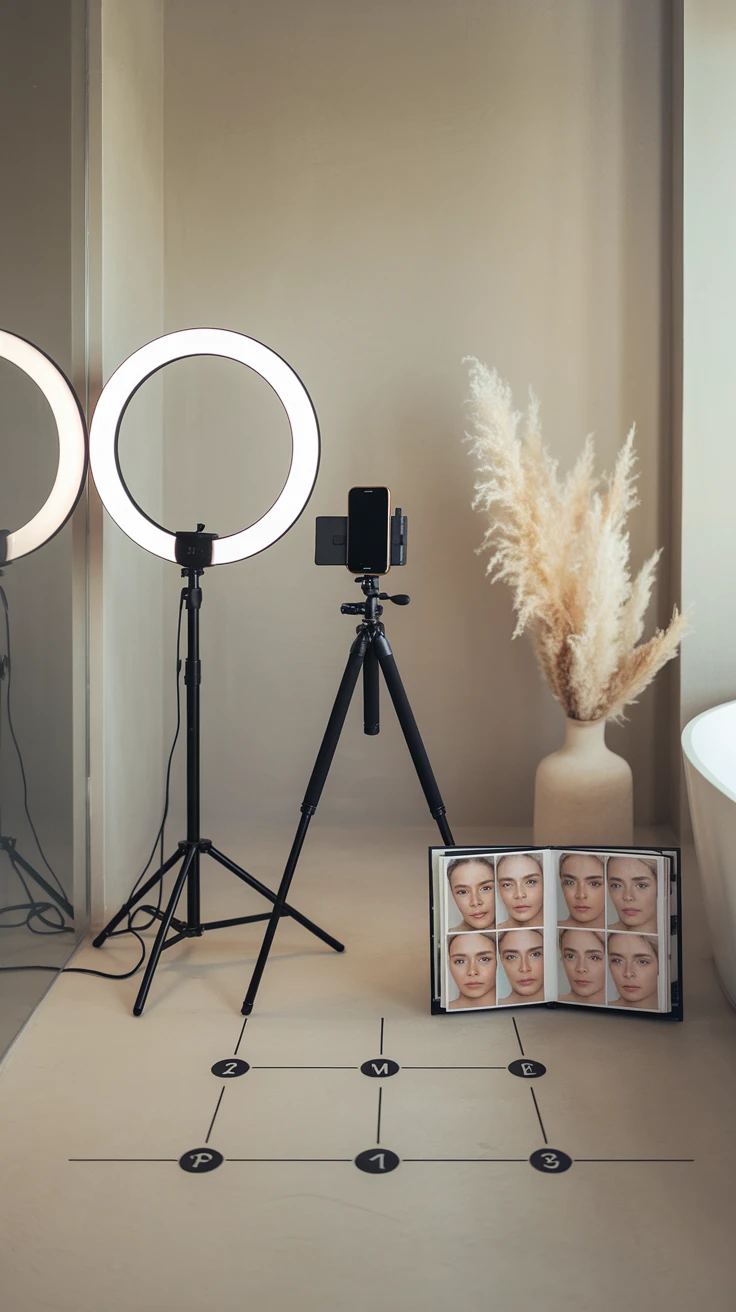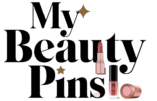![]()
Introduction
In today’s fast-paced world, embracing minimalism has become more than just a design choice—it’s a lifestyle that brings clarity and purpose to our daily routines. Skincare is no exception to this philosophy. A minimalist skin care tracker can transform how you approach your beauty regimen, helping you identify what truly works while eliminating unnecessary products and steps.
Whether you’re looking to simplify your skincare routine, reduce product waste, or just keep better track of what works for your skin, a minimalist approach to tracking can make all the difference. I discovered this myself after years of cluttering my bathroom shelves with half-used products that promised miracles but delivered disappointment.
- Minimalist tracking helps identify which products actually work for your unique skin
- It prevents impulse purchases by keeping you focused on proven effective products
- Tracking simplifies your routine, saving both time and money
- A minimal approach reduces decision fatigue in your daily skincare routine
The Benefits of Using a Minimalist Skin Care Tracker
![]()
Before diving into specific tracker options, let’s understand why tracking your skincare routine with a minimalist approach makes sense. When I first started tracking my skincare, I was amazed at how quickly I identified patterns in my skin’s behavior that I’d never noticed before.
- Creates accountability and consistency in your skincare routine
- Helps identify correlations between products, routines, and skin conditions
- Prevents product hoarding by showing what you actually use and need
- Provides concrete data to discuss with dermatologists or estheticians
- Reduces environmental impact by minimizing product waste
The beauty of minimalist tracking lies in its focus on essentials. Rather than tracking dozens of data points that you’ll never analyze, a minimalist approach captures just what matters, making it sustainable for daily use. I’ve found that the simpler my tracking system, the more likely I am to maintain it long-term.
Pro tip: Before choosing a tracking method, spend a week noting what you actually want to track about your skin. Is it product effectiveness, skin concerns, or routine consistency? Your specific goals will determine which tracker works best for you.
1. Digital Minimalist Skincare Apps

For the tech-savvy minimalist, specialized skincare tracking apps offer powerful functionality without the clutter. These apps are designed specifically with skincare in mind, allowing you to log routines, track progress, and monitor results with just a few taps.
- Minimal interface design reduces digital clutter and decision fatigue
- Built-in reminders help maintain consistency without overwhelming notifications
- Photo tracking features allow visual comparison of skin progress over time
- Cloud storage ensures your data isn’t lost if you change devices
- Many offer ingredient analysis to identify patterns in what works for your skin
Apps like Skincare Routine, Skinable, and Bare Minimum offer stripped-down interfaces that focus on tracking essentials without overwhelming you with features. I personally switched to a digital tracker after realizing my paper method was creating more clutter than clarity. The ability to quickly snap progress photos and compare them side-by-side has been invaluable in assessing which products truly make a difference.

View on AmazonAs an Amazon Associate, I earn from qualifying purchases.

View on AmazonAs an Amazon Associate, I earn from qualifying purchases.
Pro tip: Choose an app that allows data export so you’re never locked into one platform. This preserves the minimalist principle of flexibility and prevents digital hoarding of information you can’t easily access.
2. Bullet Journal Skin Care Tracking
![]()
Bullet journaling has revolutionized personal organization, and it’s perfectly suited for minimalist skin care tracking. The beauty of this analog method lies in its infinite customizability while maintaining a simple, clutter-free approach.
- Creates a tactile, screen-free tracking experience
- Allows complete customization to track exactly what matters to you
- Combines skincare tracking with other wellness habits for holistic health monitoring
- Requires minimal supplies: just a notebook and pen
- Encourages mindfulness through the physical act of tracking
A simple bullet journal skincare tracker might include a monthly calendar where you mark which products you used each day, a symptoms tracker for noting skin conditions, and perhaps a simple product inventory to prevent repurchasing items you already own. I found that the act of physically writing down my skincare routine each evening helped me be more intentional about each product I applied.

View on AmazonAs an Amazon Associate, I earn from qualifying purchases.

View on AmazonAs an Amazon Associate, I earn from qualifying purchases.
Pro tip: Create a simple key for your bullet journal tracker using symbols rather than writing out full product names. A dot for cleanser, a circle for moisturizer, etc., makes daily tracking take seconds rather than minutes.
3. Printable Minimalist Tracking Templates
![]()
If you appreciate the physical nature of paper tracking but lack the time or inclination to create layouts from scratch, printable minimalist skin care trackers offer the perfect middle ground. These ready-made templates combine thoughtful design with practical functionality.
- One-time setup with printable templates you can reuse
- Clean, minimalist design aesthetics that reduce visual clutter
- Available in various formats to match your specific tracking needs
- Can be stored in a simple folder or binder for easy reference
- Many free options available online, reducing consumption
Websites like Etsy, Pinterest, and minimalist blogs offer countless printable skincare trackers designed with simplicity in mind. Look for templates that include space for your morning and evening routines, a section for noting skin conditions, and perhaps a simple rating system for product effectiveness. I keep my printed tracker in a clear sleeve on my bathroom counter, using a dry-erase marker to fill it out and wiping it clean at the end of each week after transferring insights to my long-term tracker.

View on AmazonAs an Amazon Associate, I earn from qualifying purchases.

View on AmazonAs an Amazon Associate, I earn from qualifying purchases.
Pro tip: Print your templates on recycled paper and place in reusable plastic sleeves to make them erasable and reusable, reducing waste while maintaining your minimalist approach.
4. Simple Spreadsheet Tracking Systems
![]()
Spreadsheets might not seem inherently minimalist, but their blank-slate flexibility makes them perfect for creating highly personalized, clutter-free tracking systems. For the analytically-minded skincare enthusiast, spreadsheets offer powerful insights without unnecessary complications.
- Completely customizable to include only the data points you care about
- Can be accessed across devices for tracking anywhere
- Enables data analysis through sorting, filtering, and simple graphs
- Requires no additional apps or purchases if you already use spreadsheet software
- Easily shareable with dermatologists or skincare professionals
A minimalist spreadsheet tracker might include columns for date, products used, skin concerns, and effectiveness ratings. The beauty of this approach is how easily you can expand or contract your tracking based on what proves useful. After months of detailed tracking, I was able to identify clear patterns between certain ingredients and breakouts that I never would have noticed otherwise. This allowed me to eliminate several products from my routine, saving money and simplifying my regimen.
Pro tip: Set up conditional formatting in your spreadsheet to visually highlight patterns—for example, cells could automatically turn red when you rate a product poorly or report a skin issue, making patterns instantly visible without complex analysis.
5. Habit Tracking Calendar Method
![]()
Sometimes the simplest approaches are the most effective. A minimalist habit tracking calendar focuses solely on consistency, helping you maintain your skincare routine without getting lost in excessive detail or data collection.
- Focuses on building consistent skincare habits rather than extensive data
- Provides visual motivation as you see your streak of consistent care grow
- Can be integrated with other habit tracking for holistic lifestyle management
- Works with any calendar format, from wall calendars to digital options
- Requires minimal time investment—just a few seconds per day
This approach involves simply marking each day you complete your full skincare routine. You might use different symbols or colors to distinguish between your morning and evening routines. The power lies in the visual representation of your consistency. After implementing this method, I noticed I was much more motivated to maintain my evening routine—breaking a 30-day streak of checkmarks was simply too disappointing to contemplate, even on my most exhausted evenings.

View on AmazonAs an Amazon Associate, I earn from qualifying purchases.

View on AmazonAs an Amazon Associate, I earn from qualifying purchases.
Pro tip: Place your habit tracking calendar directly next to your skincare products or mirror, making it impossible to forget to mark your progress and reinforcing the connection between the action and the tracking.
6. Photo Documentation System

For the visually-oriented minimalist, a simple photo tracking system cuts through subjective assessments and provides concrete evidence of your skin’s progress. This approach focuses on results rather than processes, perfect for those who want to see tangible evidence of their skincare efforts.
- Provides objective documentation of skin changes over time
- Requires minimal effort—just a quick photo in consistent lighting
- Eliminates the need for complex written descriptions of skin condition
- Helps identify subtle changes you might miss day-to-day
- Can be maintained in a simple photo album or dedicated folder on your phone
To implement this system, simply take a photo of your face in natural lighting at regular intervals—perhaps weekly or bi-weekly. Maintain consistent conditions: same time of day, lighting, angle, and expression. Some people find it helpful to create a simple folder naming system that includes the date and any significant skincare changes (e.g., “2023-05-01_NewVitaminCSerum”). I was shocked when comparing photos taken three months apart to see how much my hyperpigmentation had faded—changes too gradual to notice in the mirror but strikingly obvious in side-by-side photos.
Pro tip: Create a simple photo-taking station with consistent lighting and backdrop. Mark the floor with tape to ensure you stand in the same spot each time, and set a recurring calendar reminder to maintain regular documentation.
7. Single-Page Product Testing Tracker
![]()
For those focused on finding their perfect minimalist skincare routine, a dedicated product testing tracker helps identify what truly works without accumulating unnecessary products. This targeted approach prevents the skincare clutter that so often undermines minimalist intentions.
- Focuses specifically on evaluating new products before adding them permanently
- Prevents purchasing duplicate products with similar functions
- Helps identify true skin needs versus marketing-induced wants
- Creates a methodical approach to product introduction
- Reduces waste from partially-used, ineffective products
This simple one-page tracker includes space for the product name, key ingredients, testing period, and daily observations. The minimalist approach requires testing only one new product at a time for at least 2-4 weeks, noting any changes in skin condition. After implementing this method, my skincare purchases dropped dramatically as I realized how few products actually made a noticeable difference. My bathroom shelves and bank account both benefited from this disciplined, minimalist approach to product testing.
Pro tip: Include a simple 1-5 rating scale on your tracker, and establish in advance what rating would justify repurchasing. This prevents the common trap of keeping “okay” products that don’t truly earn their place in your minimalist routine.
Key Takeaways for Minimalist Skin Care Tracking
- Choose a tracking method that aligns with your natural habits to ensure consistency
- Focus on tracking only what’s genuinely useful for improving your skin health
- Regularly review your tracking data to identify patterns and refine your routine
- Use your tracker to prevent unnecessary purchases and product accumulation
- Remember that the goal of minimalist tracking is to simplify your skincare, not add complexity
Conclusion
Embracing a minimalist skin care tracker isn’t just about organizing your beauty routine—it’s about intentionally simplifying your life and focusing on what truly matters for your skin health. By choosing one of these seven tracking methods, you can cut through the noise of endless product options and identify what genuinely works for your unique skin.
Remember that minimalism isn’t about deprivation but about making room for what truly adds value. A thoughtful tracking system helps eliminate the unnecessary so you can focus on the skincare that genuinely improves your skin’s health and appearance. As you implement your minimalist skin care tracker, you’ll likely find benefits extending beyond your complexion—less bathroom clutter, reduced spending, and the satisfaction of a mindful, intentional approach to self-care.
Frequently Asked Questions
1. How often should I update my minimalist skin care tracker?
For most tracking methods, daily updates work best for building habits and capturing accurate data. However, photo documentation might be weekly or bi-weekly, and product testing evaluations could be done at specific intervals during the testing period. The key is consistency rather than frequency.
2. What’s the minimum information I should track for effective minimalist skincare tracking?
At minimum, track the products you use, the consistency of your routine, and any notable skin conditions or changes. This baseline data will help identify patterns without creating an overwhelming tracking burden.
3. How do I prevent my minimalist tracker from becoming another source of clutter?
Set clear boundaries around your tracking system. For physical trackers, dedicate a specific location and limit space. For digital trackers, schedule regular data reviews and archiving. Remember that minimalism is about intention—if a tracking element isn’t serving you, eliminate it.
4. Can a minimalist skin care tracker help me save money?
Absolutely! By tracking product effectiveness, you’ll identify which products truly work for your skin, preventing impulse purchases and repurchasing of ineffective products. Many people report significant skincare budget reductions after implementing consistent tracking.
5. How do I know which minimalist tracking method is right for me?
Consider your existing habits and preferences. If you already use digital tools regularly, a spreadsheet or app might integrate seamlessly. If you enjoy analog methods, bullet journaling might feel more natural. The best tracking method is the one you’ll actually use consistently.
![]()
